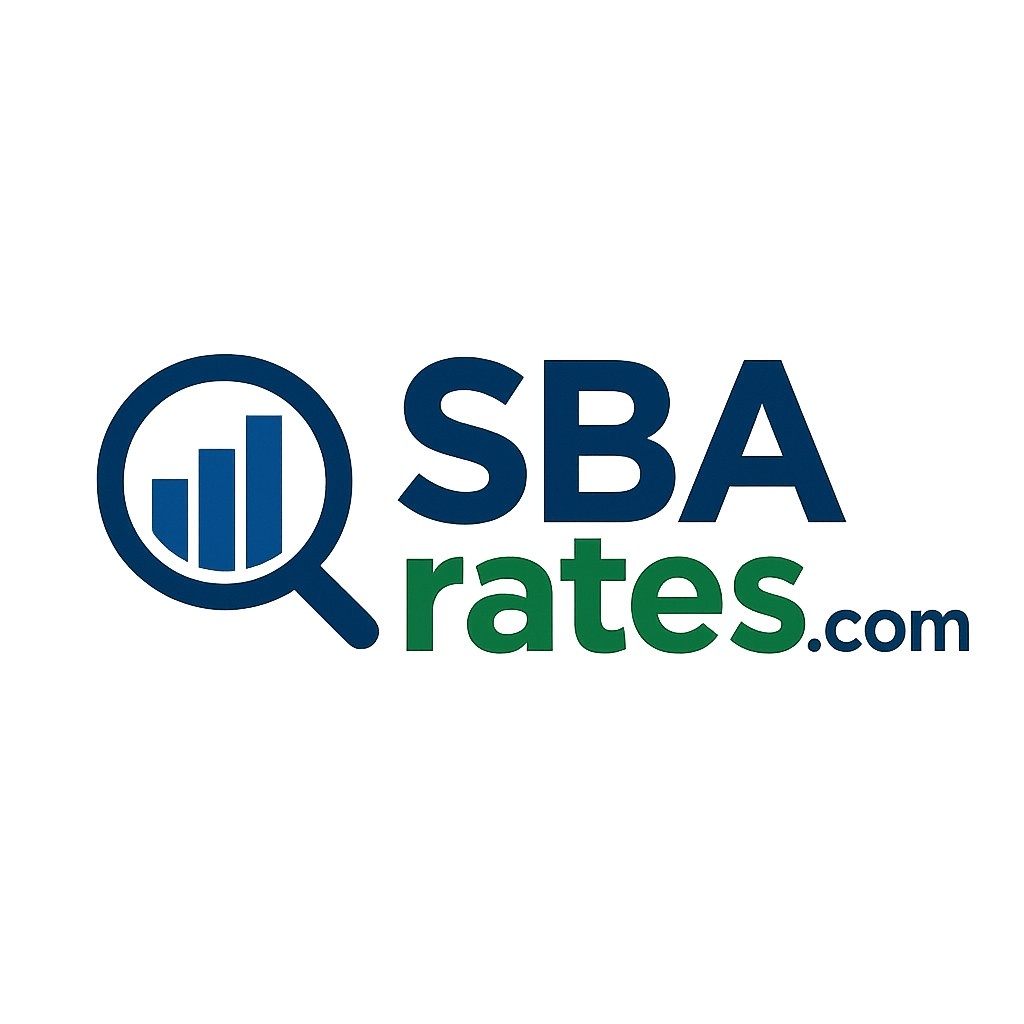All Other Grain Farming
111199
SBA Loans for All Other Grain Farming: Financing Growth in U.S. Agriculture
Introduction
Farming is the backbone of the American economy, and grain farming plays a critical role in feeding both people and livestock across the country. While major crops like corn, wheat, and rice dominate headlines, many farms operate under All Other Grain Farming (NAICS 111199), producing niche or specialty grains such as barley, oats, rye, millet, sorghum, and wild rice. These operations are vital to supply chains, food manufacturing, and local communities.
However, running a grain farm comes with unique financial challenges: high equipment costs, weather risks, and seasonal revenue cycles. Traditional banks often hesitate to lend due to the unpredictability of farming income. That’s where SBA Loans for All Other Grain Farming can make the difference—providing affordable, government-backed financing that helps family farms and small agricultural businesses thrive.
Industry Overview: NAICS 111199
All Other Grain Farming (NAICS 111199) includes establishments primarily engaged in growing grains not classified elsewhere, such as barley, rye, oats, sorghum, and other specialty crops. These grains are used for food production, animal feed, brewing, and even renewable energy sources like biofuels.
The industry is essential for supporting supply chains across multiple sectors, from food and beverage manufacturing to livestock farming. While demand for specialty grains is growing, farmers often operate on thin margins, face rising input costs, and must invest heavily in equipment and land to remain competitive.
Common Pain Points in Grain Farming Financing
From agriculture forums, Quora discussions, and farmer communities on Reddit, here are the major challenges grain farmers face when it comes to financing:
- High Capital Requirements – Tractors, harvesters, and irrigation systems can cost hundreds of thousands of dollars, creating significant debt burdens.
- Seasonal Income – Farming revenue is tied to harvest cycles, which can make it hard to manage cash flow during off-seasons.
- Weather & Market Risks – Droughts, floods, or commodity price swings can devastate yearly income, making lenders cautious.
- Land Costs – Acquiring or leasing farmland requires large upfront capital, often beyond what traditional lenders will finance without collateral.
- Bank Rejections – Many small farmers report difficulty securing conventional loans due to unpredictable income and lack of liquid assets.
How SBA Loans Help All Other Grain Farming
SBA loans are designed to reduce lender risk and expand credit access for farmers and agricultural entrepreneurs. Here’s how different SBA loan programs can help grain farmers:
SBA 7(a) Loan
- Best for: Working capital, equipment, refinancing, and general farm improvements.
- Loan size: Up to $5 million.
- Why it helps: Flexible funds to purchase tractors, cover seed and fertilizer costs, or invest in storage facilities.
SBA 504 Loan
- Best for: Real estate and high-value equipment.
- Loan size: Up to $5.5 million.
- Why it helps: Ideal for buying farmland, constructing grain silos, or financing renewable energy systems like solar panels for farm operations.
SBA Microloans
- Best for: Smaller farms or targeted upgrades.
- Loan size: Up to $50,000.
- Why it helps: Useful for buying seeds, small machinery, or expanding into new specialty grain markets.
SBA Disaster Loans
- Best for: Farms impacted by natural disasters.
- Loan size: Up to $2 million.
- Why it helps: Provides emergency recovery funding for farms hit by floods, storms, or drought-related losses.
Step-by-Step Guide to Getting an SBA Loan
- Check Eligibility – Farms must operate legally in the U.S. and demonstrate the ability to repay. Owners generally need a credit score of 650–680+.
- Gather Financial Documents – Tax returns, crop yield history, income statements, and business plans are required.
- Find an SBA-Approved Lender – Seek lenders familiar with agricultural financing.
- Submit the Application – Provide details on crop production, operating expenses, and use of funds.
- Underwriting & Approval – SBA guarantees up to 85% of the loan, reducing lender risk. Approval usually takes 30–90 days.
FAQ: SBA Loans for All Other Grain Farming
Why do traditional banks deny farm loan applications?
Unpredictable farm income, high weather risks, and lack of liquid collateral make banks hesitant. SBA guarantees reduce lender risk, increasing approvals.
Can SBA loans be used to purchase farmland?
Yes. SBA 504 loans are specifically designed for real estate purchases, making them ideal for expanding farmland operations.
What down payment is required?
SBA loans usually require 10–20% down, which is more affordable than the 25–30% often required by conventional lenders.
Can startups or small specialty grain farms qualify?
Yes. While experience helps, SBA microloans are especially suitable for smaller farms and new entrants into niche grain markets.
What loan terms are typical for grain farmers?
- Working capital: Up to 7 years
- Equipment: Up to 10 years
- Land/real estate: Up to 25 years
Can SBA loans fund storage or processing facilities?
Yes. Many grain farmers use SBA financing to build or upgrade silos, grain dryers, or small processing plants.
Final Thoughts
Farming is a high-risk, high-reward industry that requires significant upfront investment. SBA Loans for All Other Grain Farming give small farmers and agricultural entrepreneurs access to affordable financing that can stabilize operations and fuel growth.
Whether you’re expanding acreage, upgrading equipment, or diversifying into specialty grains, SBA financing provides the resources to keep your farm competitive and sustainable for the future. Explore your options today by connecting with an SBA-approved lender.
Filters
Tags
#Preferred Lenders Program
#SBA Express Program
#Existing or more than 2 years old
#Startup
#Loan Funds will Open Business
#Change of Ownership
#New Business or 2 years or less
#7a General
#Variable Rates
#Fixed Rates
#Asset Base Working Capital Line (CAPLine)
#International Trade Loans
#Export Express
#7a with WCP
#Contract Loan Line of Credit (CAPLine)
#7a with EWCP
#Preferred Lenders with WCP
#Preferred Lenders with EWCP
#Seasonal Line of Credit (CAPLine)
#Builders Line of Credit (CAPLine)

